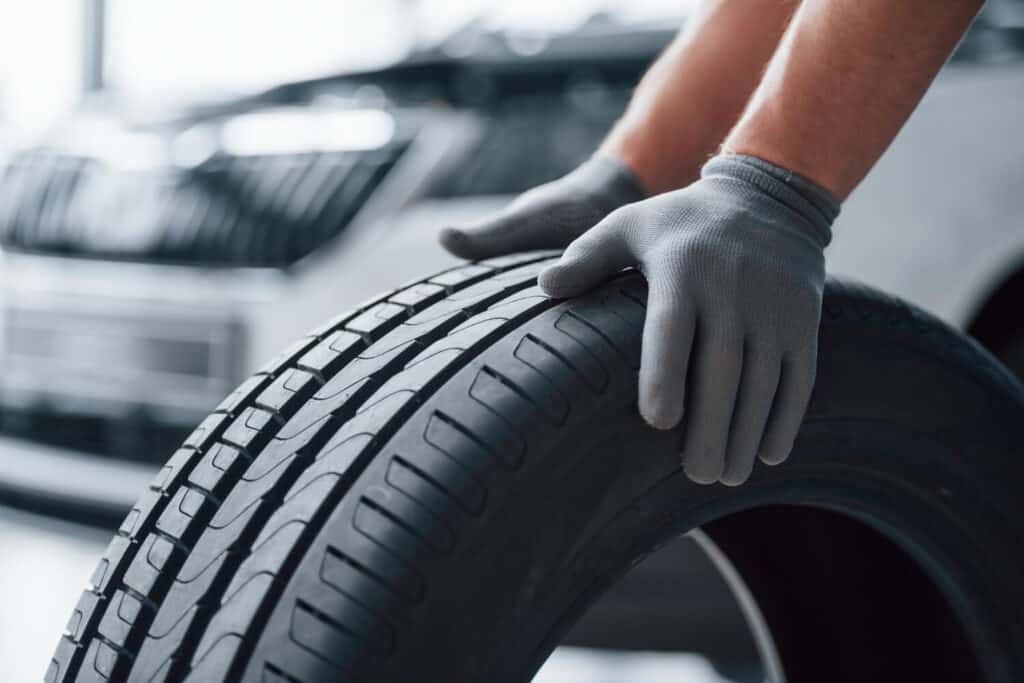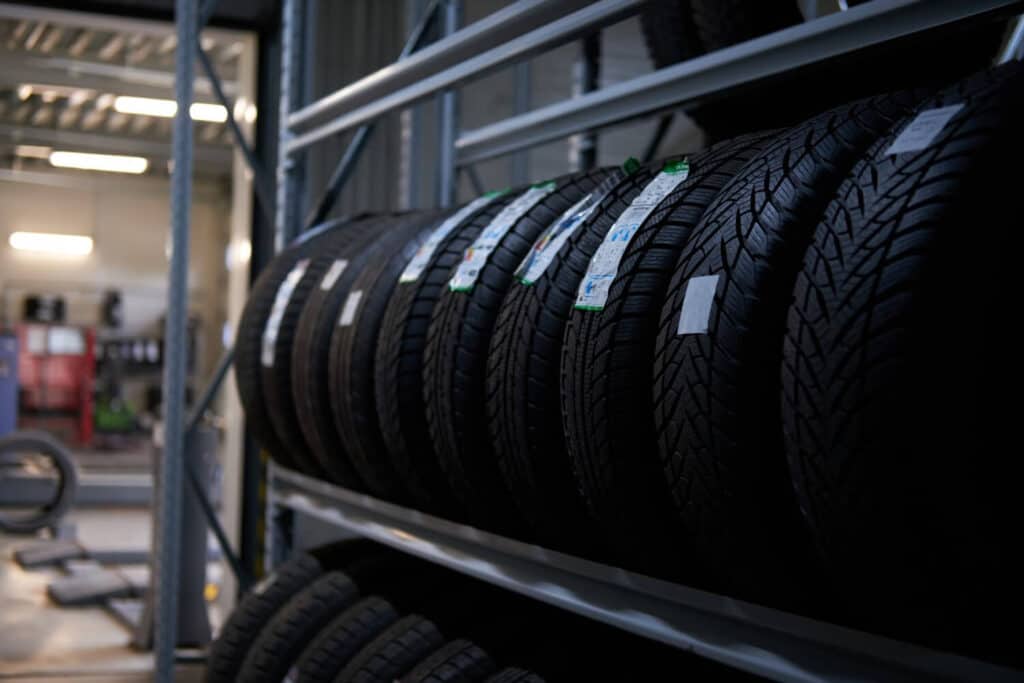Ever wondered how long your trusty tires should last and how to tell when they’ve reached the end of the road? In this article, we’ll explore the factors that impact tire longevity and share some simple tricks to help you identify when it’s time for a replacement. So, let’s hit the brakes and dive right in!
Tire Longevity: Factors Affecting Lifespan
Tire lifespan depends on a myriad of factors, including driving habits, road conditions, tire type, and maintenance. Aggressive driving, frequent exposure to rough surfaces, and neglecting regular maintenance can all shorten your tires’ lifespan. So, treat them kindly, and they’ll return the favor.

Mileage Expectations: Average Tire Durability
While individual circumstances may vary, you can generally expect tires to last between 60,000 and 75,000 kilometers (37,000 to 47,000 miles). Keep in mind that high-performance or specialty tires may have a shorter lifespan, so always consult the manufacturer’s guidelines.
Tread Wear Indicators: Visual Signs of Aging Tires
Keep a keen eye out for visual signs of wear, such as shallow treads or sidewall cracks. Most tires have built-in tread wear indicators – raised bars between the treads that become visible as the tire wears down. Once these indicators are flush with the treads, it’s time for a replacement.
The Nickel Test: A Simple Method to Assess Tread Depth
To check tread depth, try the classic nickel test. Insert a Canadian nickel into the tread with the beaver’s head facing down. If the top of the beaver’s head is visible, your tires need replacing. This test ensures a minimum tread depth of 2/32 of an inch, as the distance from the edge of the nickel to the top of the beaver’s head is approximately that thickness. This simple yet effective method can help you determine whether it’s time to invest in a new set of tires, ensuring safety and performance on the road.
Uneven Wear Patterns: Identifying and Addressing Alignment Issues
Uneven tire wear may indicate alignment or suspension problems. Look for asymmetrical wear patterns, such as the outer edge wearing faster than the rest of the tire. If you spot uneven wear, consult a professional to address the underlying issues and prevent further damage.
The Role of Tire Maintenance: Pressure, Rotation, and Balancing
Proper tire maintenance is crucial for maximizing lifespan. Check and adjust tire pressure regularly, rotate your tires every 8,000 to 12,000 kilometers (5,000 to 7,500 miles), and have them balanced when necessary. These steps help ensure even wear and prolong tire life.

Knowing When to Replace: Safety and Performance Considerations
Aside from visible signs of wear, consider factors like age, vibration, and poor handling when evaluating tire replacement. Tires over six years old should be inspected annually, and those over ten years old should be replaced, regardless of tread depth. Trust your instincts and prioritize safety above all else.
Conclusion
In conclusion, understanding tire longevity and knowing when to replace them is essential for safe and efficient driving. Keep a watchful eye on tread wear, maintain proper tire care, and consult professionals when in doubt. After all, your tires are the only thing between your car and the road – treat them with the respect they deserve!
